Big Picture History
Seeing the big picture involves placing topics of study within a broader understanding of the past. This involves relating topics to the local, national, and world perspective together with their place in a broader understanding of the past. In this section you will find articles and resources to support a wider historical understanding.
-
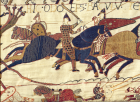
Recorded webinar: How has warfare changed over time?
ArticleClick to view -

Pandemics in history: similarity and difference
ArticleClick to view -
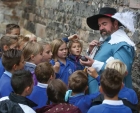
Siege coins of the English Civil War
ArticleClick to view -

Pull-out Posters: Primary History 77
ArticleClick to view -
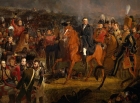
Scheme of Work: Waterloo and the Age of Revolutions
ArticleClick to view -

Making the most of the post-1066 unit
ArticleClick to view -
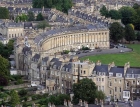
Scheme of Work: The Georgians
ArticleClick to view -

Scheme of Work: Thematic study - Education
ArticleClick to view -

How do pupils understand historical time?
ArticleClick to view -
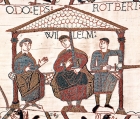
The importance of history vocabulary
ArticleClick to view -
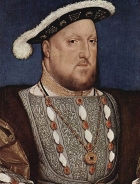
What do we mean by Big Picture History?
ArticleClick to view -
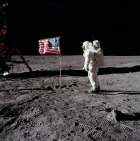
Implementing the 2014 curriculum in Year 2
ArticleClick to view -
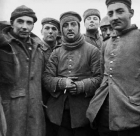
Ideas for Assemblies: Lest we forget
ArticleClick to view -

Britain from the Iron Age to Robin Hood
ArticleClick to view -
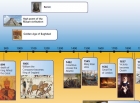
Pull-out Posters: Primary History 67
ArticleClick to view -
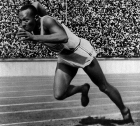
The Berlin Olympics 1936
ArticleClick to view

